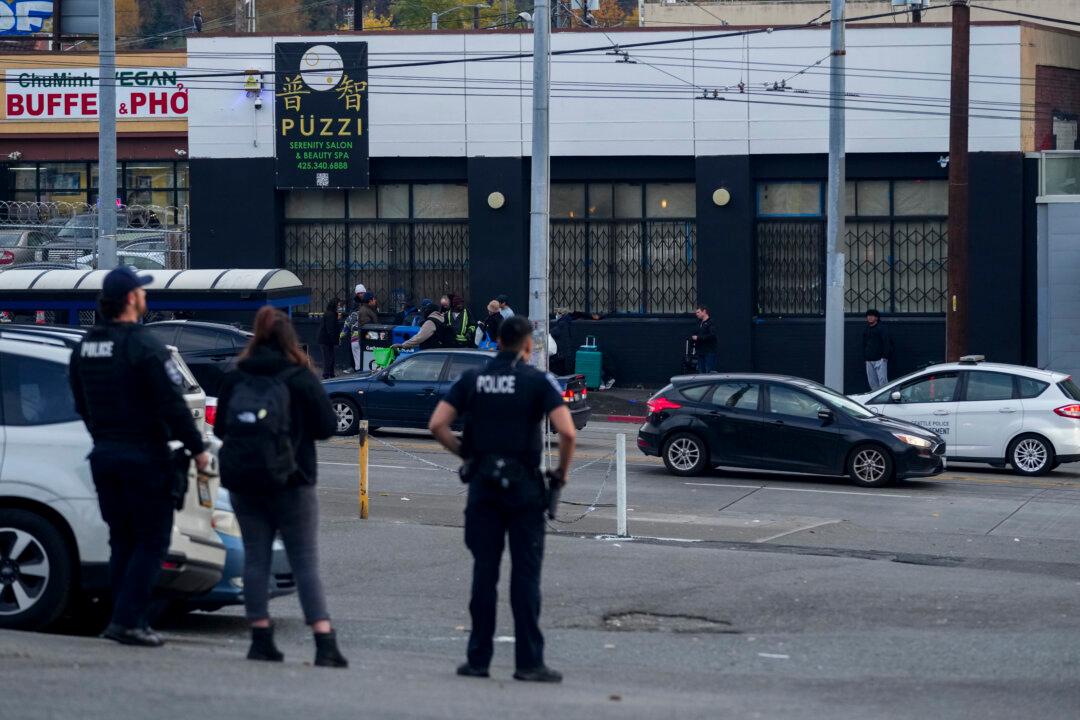Japan has started a nationwide full-scale military drill on Wednesday for the first time in nearly 30 years as it aims to enforce its capabilities to defend remote islands amid China’s assertive actions in the Indo-Pacific.
“In order to respond effectively to various situations, including attacks on the islands, it is essential that the necessary forces are deployed quickly and extensively, depending on the situation,” said Nobuo Kishi, the country’s minister of defense, Tokyo-based news agency Kyodo News reported.





